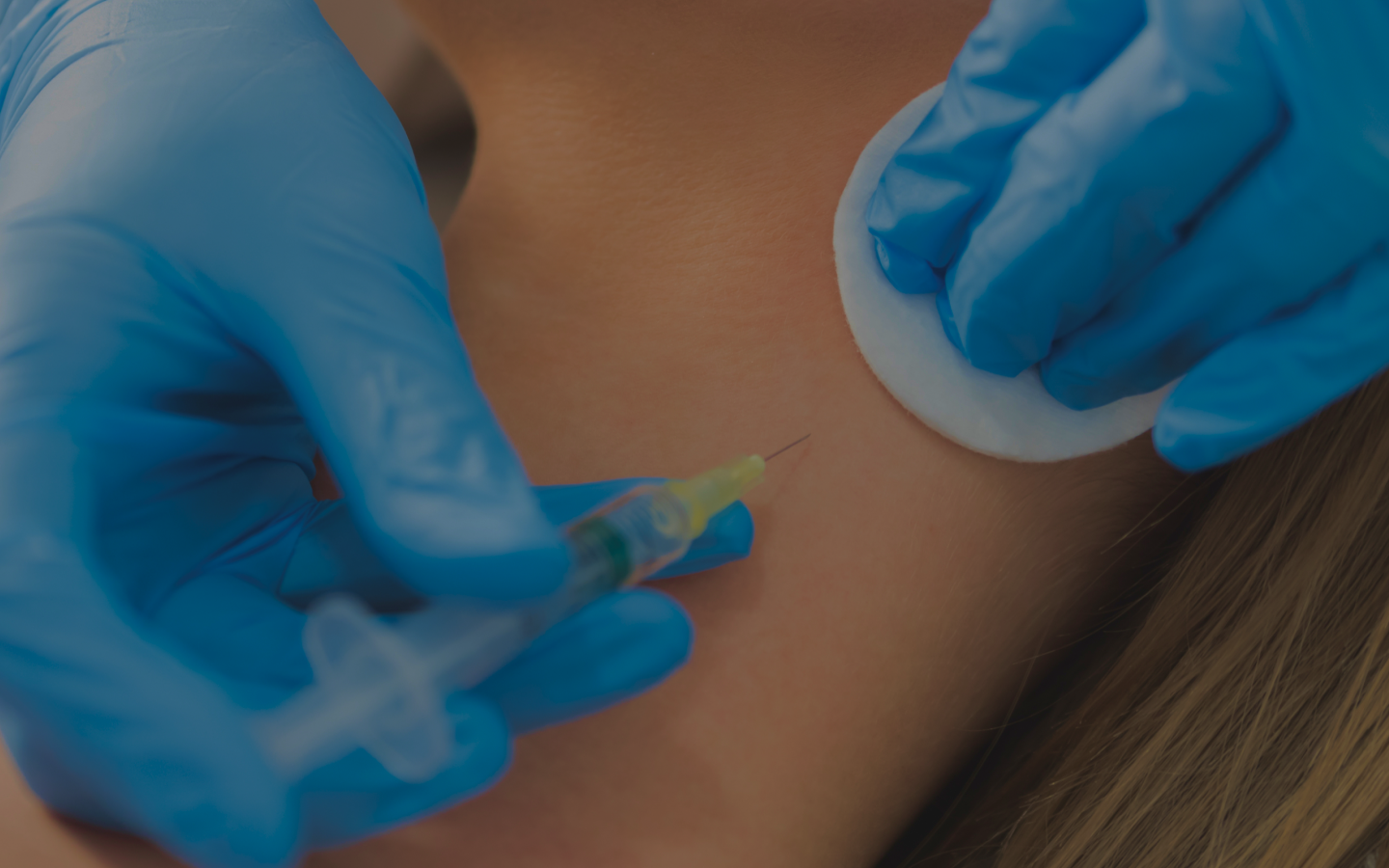Step 1: Diagnostic Blocks
Prior to a radiofrequency ablation, your doctor schedules 2 diagnostic blocks.
Step 2: Radiofrequency Ablation
Based on the results from your diagnostic blocks, your doctor marks the exact location for the ablation and uses X-ray technology to guide the needle.
Radiofrequency ablations are only administered on one side of the body (neck or back) at a time. A complete radiofrequency ablation treatment may require up to 4 treatments in total, including the initial diagnostic facet blocks.
Radiofrequency Ablations
A minimally-invasive treatment that uses heat to effectively block pain signals.
What are Radiofrequency Ablations?
Common Conditions
How do Radiofrequency Ablations Work?
During the radiofrequency ablation procedure, a thin needle is inserted through the skin and into the targeted nerves in the spine. A small electrical current is passed through the needle, generating heat that damages the nerves and disrupts their ability to transmit pain signals. This procedure typically takes 20-30 minutes to complete and can be performed in an outpatient setting.
What are the Benefits of Radiofrequency Ablations?
The nerves will regenerate eventually, which may cause the pain to return. But patients typically experience relief for several months or more after a completed radiofrequency ablation.

Find out if a radiofrequency ablation is right for you.
What to Expect
During Treatment
After Treatment
You may notice some discomfort, local bruising, or minor swelling after the procedure. These common aftereffects typically pass within a few days.
Most patients begin to feel relief from the ablation within 1-2 weeks, but exact timing may vary from patient to patient.
Related Blogs
Common Questions
What are the risks associated with radiofrequency ablations?
Radiofrequency ablations are considered safe and serious complications from this procedure are rare. However, some risks of radiofrequency ablation include bleeding, infection, nerve damage, skin sensitivity, damage to surrounding blood vessels and nerves, or allergic reactions.



